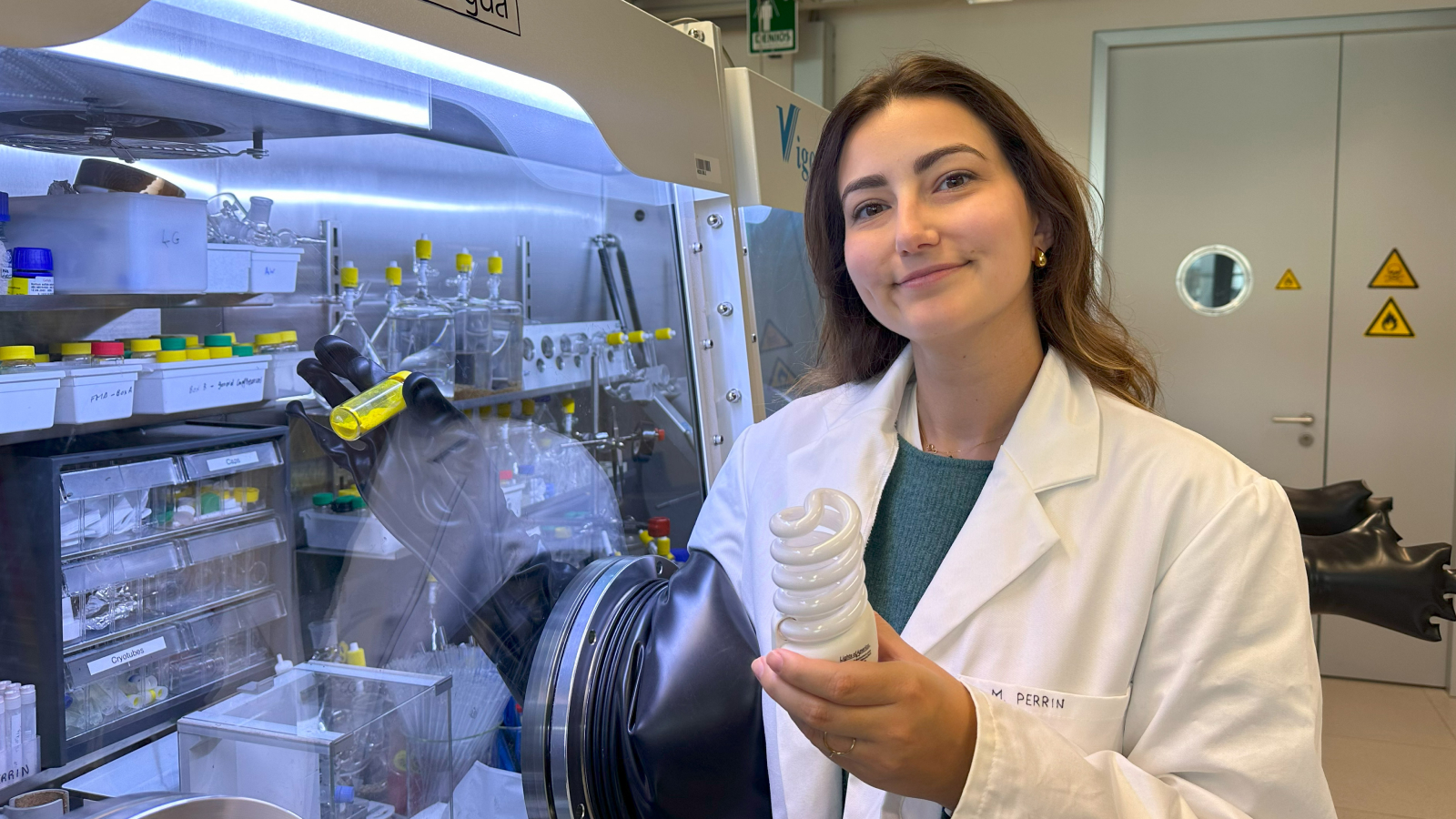Strange compound used to treat cancer can extract rare-earth metals from old tech at 99% efficiency
Scientists harness a compound normally used in cancer treatment to reclaim rare-earth elements from electronic waste.

Researchers have discovered a way to purify rare-earth minerals from discarded gadgets with a chemical compound normally used in medicine. They claim their method offers multiple benefits for the environment.
Rare-earth minerals, also known as rare-earth metals or rare-earth elements (REEs), include materials such as europium, yttrium, and samarium and have multiple uses in electronics. They are commonly found in smartphones, computers, TV screens and even electric car batteries.
Despite their name, REEs are actually quite common but only occur naturally in low concentrations in compounds in ores. This means that in order to be isolated for use, they have to undergo multi-step extraction and purification processes that are both chemical- and energy-intensive.
As described by Harvard International Review, this includes the creation of "leaching ponds" where soil containing the desired elements is mixed with chemicals like ammonium sulfate and ammonium chloride to separate them. These highly toxic chemicals can then leak into local waterways. Additional toxic byproducts include radioactive thorium and uranium. In total, processing one ton of rare-earth minerals produces around 2,000 tons of toxic waste.
"Rare-earth metals are hardly ever recycled in Europe. There is an urgent need for sustainable and uncomplicated methods for separating and recovering these strategic raw materials from various sources," said lead researcher Victor Mougel, assistant professor at ETH Zurich’s Laboratory of Inorganic Chemistry, in a statement.
In a method described in a paper published June 3 in the journal Nature Communications, Mougel and his team focused on extracting europium — a highly volatile REE that, according to Encyclopedia Britannica, is commonly used in the glass of fluorescent lights or as a source of blue color in LEDs.
Safer REE extraction and recycling
First author of the study Marie Perrin, a doctoral student at ETH Zurich, explained that existing separation methods for reclaiming europium have so far been impractical. The team, however, harnessed small inorganic molecules called tetrathiometallates, which comprise four sulfur atoms around tungsten or molybdenum.
Get the world’s most fascinating discoveries delivered straight to your inbox.
Tetrathiometallates are transition metals that are conventionally used in medicine as treatments for copper metabolic disorders and cancer, the scientists said.
But by using them as a reagent in a redox (reduction-oxidation) reaction, they extracted samples of europium easily — including from post-consumer waste in the form of spent energy-saving light bulbs, they said in the study.
They ground down the lamps and then dissolved them in trifluoromethanesulfonic acid. Once the glass was filtered out, they vacuum-dried what remained at 392 degrees Fahrenheit (200 degrees Celsius) and then added this to a solution of tungsten tetrathiometallate.
The efficiency of europium removal was approximately 98.9% — which was "over an order of magnitude higher than the best reported [methods]," the scientists added.
The researchers have patented their technology and are setting up a company named REEcover to commercialize it, with a focus on recycling rather than extracting new REEs from the environment. The team is also working on establishing methods for recycling other minerals such as neodymium and dysprosium, which are found in magnets.
Jane McCallion is managing editor at B2B tech website ITPro. Before becoming Managing Editor, she held a number of senior editorial roles, having worked her way up from staff writer. Prior to joining ITPro, she spent some time at a PR agency where she supported clients including a pharmaceutical company that produced medication for companion animals before working for a number of years as a freelance B2B journalist writing about topics such as mining and minerals processing, water resource management, energy generation, and fisheries.



